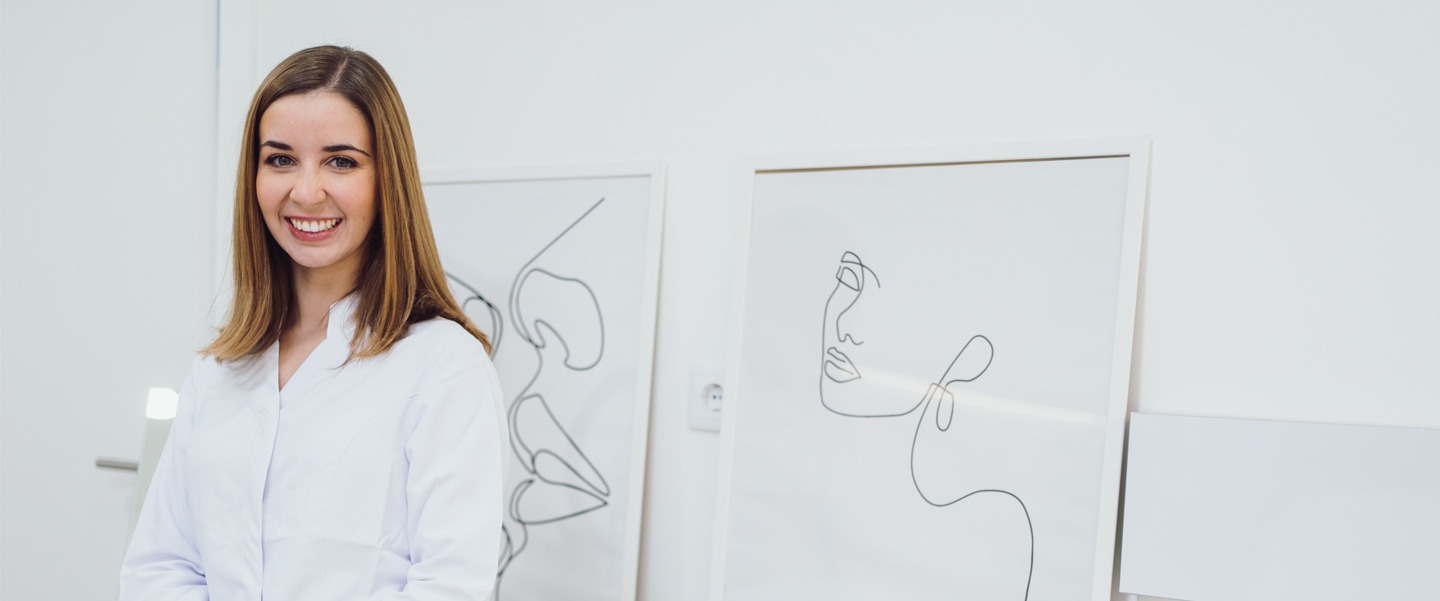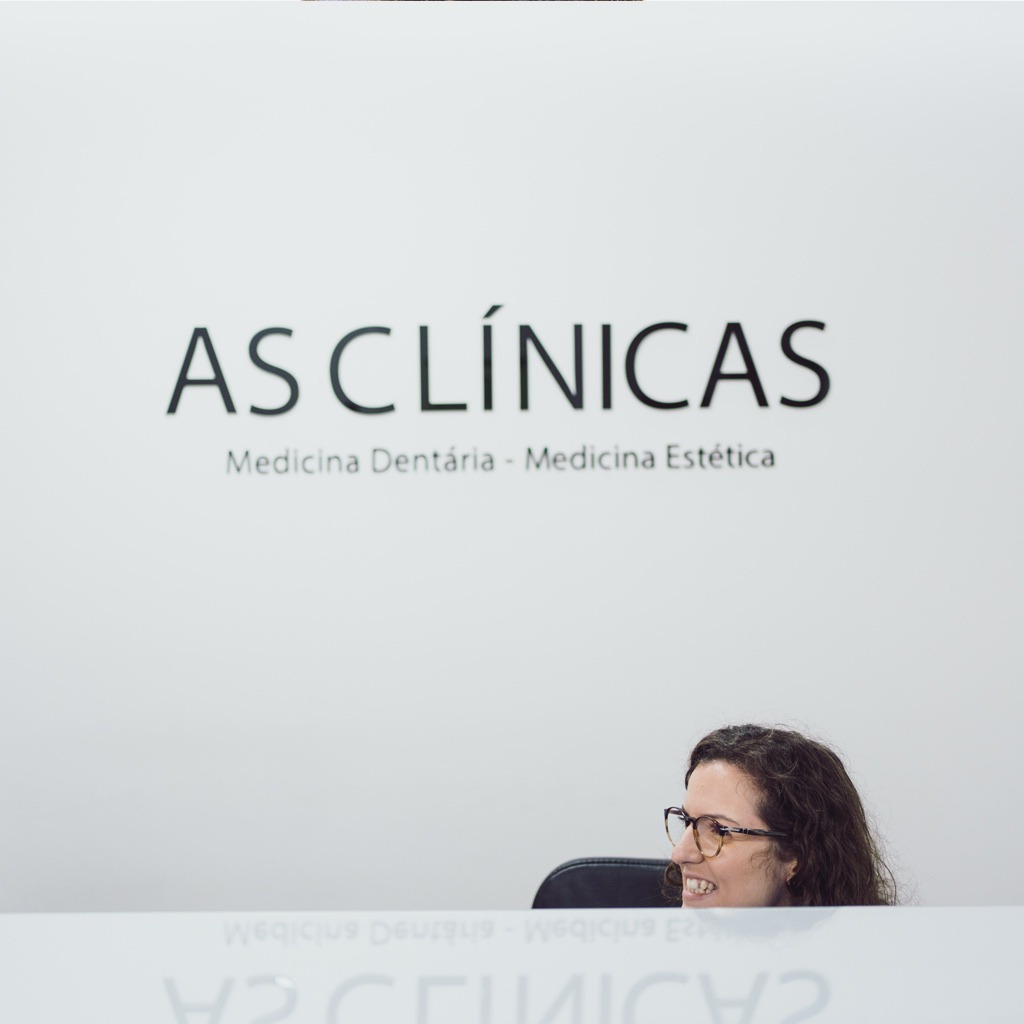Botulinum toxin is an injectable substance widely used in aesthetic medicine to eliminate or reduce facial wrinkles, harmonizing the face and giving it a younger, fresher look. The side effects are minimal and the results are excellent. However, botulinum toxin can also have other uses, in addition to aesthetic medicine. All the facial movements we make every day can cause wrinkles, one of the most common signs of ageing. One of the most effective, safe and quickest ways to treat this problem is to administer an injection of botulinum toxin. For this reason, botulinum toxin is widely used in aesthetic medicine, especially in treatments aimed at the upper third of the face, such as the forehead, the area between the eyebrows and the area around the eyes, areas that are prone to wrinkles, especially in the case of people with light eyes or photophobia. The toxin is also capable of lifting the tail of the eyebrow and treating wrinkles on the nose, gummy smiles and cords in the neck area. It’s also important to explain that the later this botulinum toxin injection procedure is carried out, the stronger the muscles in these areas will be and, consequently, the more pronounced these static wrinkles will be and the more difficult they will be to eliminate. It’s worth adding that the effects of the toxin go far beyond eliminating or smoothing out wrinkles. This substance is also capable of treating neurological and ophthalmological diseases and intervening in other clinical cases, such as: This is a pertinent question that needs to be answered, taking into account various factors. As a rule, expression wrinkles begin to show more clearly after the age of 50, although this depends on certain aspects, such as skin type, for example. For example, there are people in their 30s who, because they contract their facial muscles a lot, will probably start to have static wrinkles as early as their 40s. Therefore, in these cases, it may make sense to start botulinum toxin injections as early as the age of 40. In aesthetic medicine, botulinum toxin is applied in the clinic using a syringe with a very fine needle. After the injection, the patient can go home. Usually, injections are given in at least 5 different areas, if we are treating the upper face. As a rule, there is no need for local anesthesia, except in cases where botulinum toxin is used to treat hyperhidrosis of the hands and feet. In the latter case, the injection is made with a thicker needle, which can cause more pain and discomfort. It is important to have a consultation before carrying out this procedure, in order to analyze a number of aspects. Each individual is unique and therefore botulinum toxin injections must also be thought out and prepared in a personalized way. Thus, the doctor should consider points such as the patient’s skin type; the existence or not of asymmetries or scars on the face; and a possible history of cosmetic surgery, especially in the eyelid region. The duration of the effects caused by botulinum toxin can vary from case to case, taking into account the characteristics of the patient, as well as the dose of botulinum toxin injected and the depth to which it has reached. However, in general, we can say that the results of this treatment can last for 3 to 4 months. Managing expectations regarding this treatment is a very important aspect to consider and discuss with the doctor responsible for carrying out the treatment. Although this procedure can be repeated every 5 months, it should be borne in mind that if you already have very pronounced static wrinkles, the effects of this treatment may be insufficient and, in these cases, you should consider combining it with other additional procedures. We reply within a maximum of 24 working hours. Botox
What is Botox used for?
Is there a minimum age for administering botox?
How is botulinum toxin administered?
What to consider at the pre-treatment consultation?
How long will the results of this treatment last?
Frequently Asked Questions
BOOK YOUR APPOINTMENT ONLINE
Contact us








